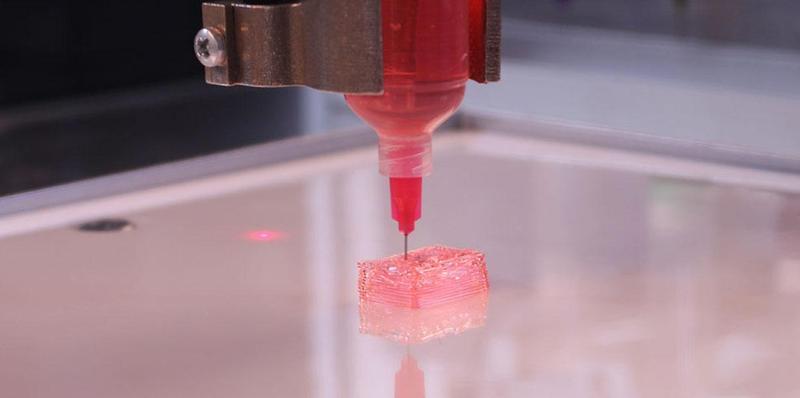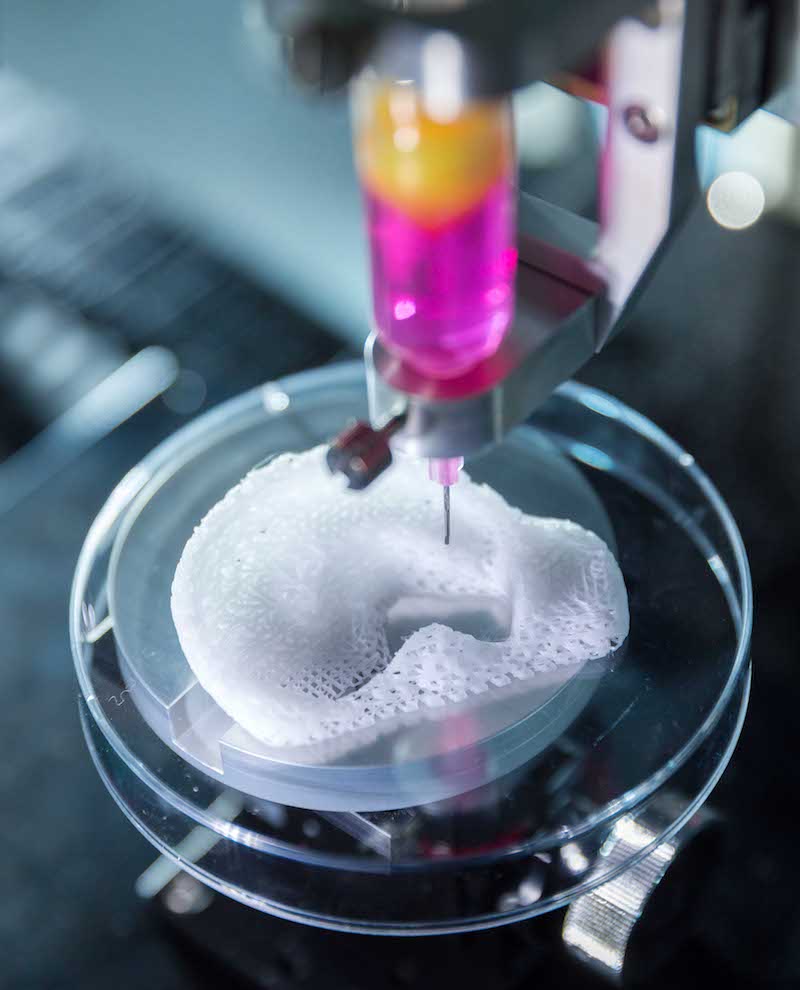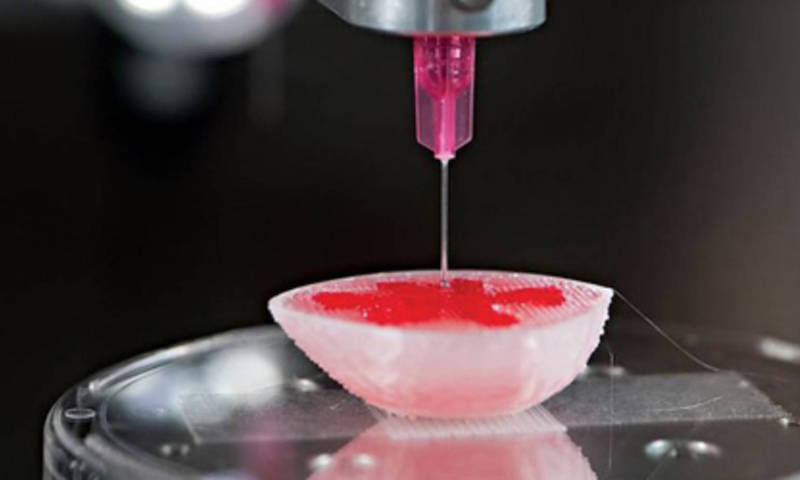3D Bioprinting is Now a Reality: Bio-Ink Stem Cells IdentifiedFeb 14, 2018

Technology is developing rapidly with groundbreaking innovations and discoveries. 3D-printing is one of the recent innovations that has influenced various fields.
With a 3D-printer, it became easy to create any object.
A team of scientists from the University of Bristol have recently discovered bio-ink that prints stem cells.

The study was published in Advanced Healthcare Materials. The researchers believe that bio-ink allows the production of complex biological tissues for surgical implants.
Stem cells contain bio-ink that makes bioprinting a reality.
Bio-ink is composed of two different polymer components: a natural polymer extracted from seaweed, and an artificial synthetic polymer used in the medical industry. Both components play an equal and crucial role in bioprinting.
The synthetic polymer ensures that bio-ink changes from liquid state to solid form, as the temperature rises. The seaweed polymer provides structural support when the cell nutrients are introduced.
Dr Adam Perriman, lead researcher from the School of Cellular and Molecular Medicine, stated:
“Designing the new bio-ink was extremely challenging. You need a material that is printable, strong enough to maintain its shape when immersed in nutrients, and that is not harmful to the cells. We managed to do this, but there was a lot of trial and error before we cracked the final formulation”.
Dr Perriman further added, “The special bio-ink formulation was extruded from a retrofitted benchtop 3D printer, as a liquid that transformed to a gel at 37°C, which allowed construction of complex living 3D architectures”.

The scientistswere able to differentiate stem cells into osteoblasts during their study.
Osteoblasts are cells that secrete a part of bone cells that further secrete the mixture of cartilage and thereby get embedded with bone cells. This feature makes 3D printing of tissue structures possible.
Describing the study, Dr Perriman said, “What was really astonishing for us was when the cell nutrients were introduced, the synthetic polymer was completely expelled from the 3D structure, leaving only the stem cells and the natural seaweed polymer.This, in turn, created microscopic pores in the structure, which provided more effective nutrient access for the stem cells”.
Be the first to post a message!